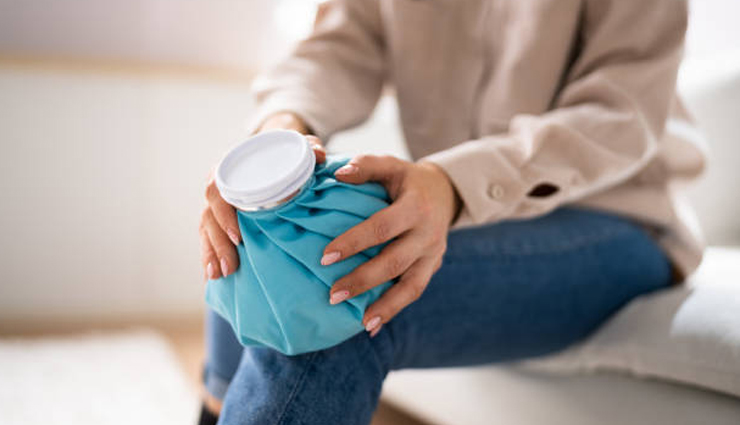10 Effective Home Remedies To Treat Phlebitis

Phlebitis often results from injury to the vein, infections, prolonged inactivity, varicose veins, or intravenous (IV) injections. In some cases, it may be linked to underlying medical conditions or blood clotting disorders.
Types of Phlebitis:
- Superficial Phlebitis – Affects veins near the skin’s surface; usually less severe.
- Deep Vein Thrombophlebitis (DVT) – Involves deeper veins and is often associated with blood clots, requiring immediate medical attention.
Common Symptoms:
- Pain and tenderness along the vein
- Redness and warmth over the affected area
- Swelling
- Hardened or cord-like vein under the skin
- In severe cases, fever or chills (if infection is present)
Early diagnosis and appropriate treatment are essential to prevent complications. While mild cases can often be managed at home with natural remedies and lifestyle adjustments, more severe forms require medical care.

# Warm Compress
How it helps: Improves blood flow and reduces swelling.
How to use: Soak a cloth in warm water, wring it out, and place it on the affected area for 15–20 minutes, 3–4 times a day.
# Cold Compress (for pain)
When to use: If the area is very painful or red.
How to use: Wrap ice in a cloth and apply for 10–15 minutes. Avoid placing ice directly on the skin.
# Elevation
Why: Helps reduce swelling and improves blood return to the heart.
How: Elevate the affected leg above heart level while resting.
# Compression Stockings
Benefit: Promotes circulation and reduces swelling.
Tip: Make sure they fit properly. Consult a doctor for the right compression level.
# Turmeric Paste or Tea
Anti-inflammatory properties.
How to use:
Mix turmeric powder with warm water or coconut oil to make a paste and apply externally.
Or, drink turmeric tea once daily (boil turmeric with water and a pinch of black pepper).
Improves circulation and reduces inflammation.
How to use: Soak a cloth in diluted ACV (1 part ACV + 2 parts water) and place it on the inflamed area for 10–15 minutes.
# Ginger Tea
Natural blood thinner and anti-inflammatory.
How to make: Boil sliced fresh ginger in water for 10 minutes. Add honey and drink once or twice a day.
# Aloe Vera Gel
Soothing and anti-inflammatory.
How to use: Apply fresh aloe vera gel directly on the affected area.
# Hydration
Why: Keeps blood from thickening and promotes healthy circulation.
Tip: Drink at least 8–10 glasses of water daily.
# Light Exercise
Helps prevent blood pooling.
Examples: Gentle walking or leg stretches. Avoid long periods of sitting or standing.